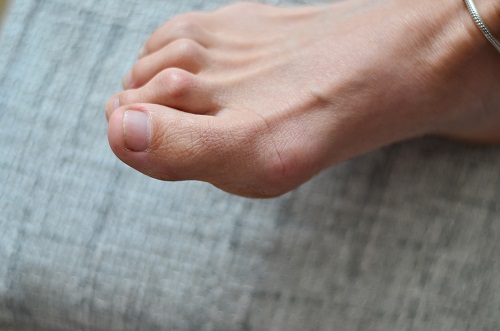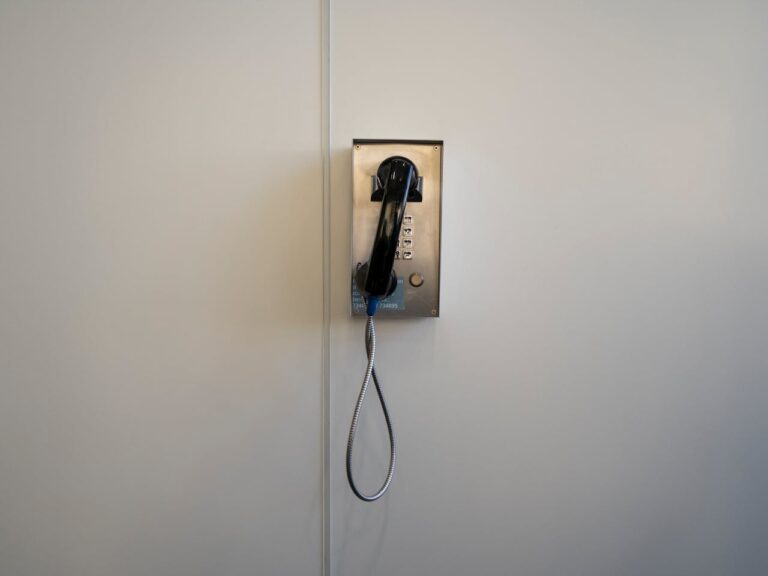
Image Source: Anderson Podiatry Center
Hammer toe can be uncomfortable, impacting mobility and quality of life. The good news is that several treatment options are available to help alleviate discomfort and improve flexibility. Understanding your options is the first step to finding relief. Here are some effective methods for addressing hammer toe based on specific needs and conditions:
Proper Footwear
One of the simplest ways to address hammer toe symptoms is through the selection of proper footwear. Shoes that are too tight, have narrow toe boxes or contain high heels exacerbate symptoms by applying unnecessary pressure to the toes. Opting for footwear with roomy toe boxes allows the toes to sit naturally, minimizing restriction. Look for shoes made from soft, flexible materials that reduce friction and irritation. Some boots come with specially designed insoles that provide additional cushioning and support, helping to alleviate discomfort caused by pressure points.
Orthotic Devices
Orthotic devices can make a big difference when managing hammer toe. These devices range from pads and toe spacers to custom-made orthotics designed by podiatrists. Toe pads chelp reduce friction between the affected toe and the inside of the shoe, preventing blisters and other issues. Toe spacers gently separate the toes, encouraging them to maintain their natural alignment during everyday activities. For individuals who experience significant discomfort or need additional support, custom orthotic inserts may help distribute weight evenly and improve overall foot support.
Toe Exercises
Regular toe exercises can help improve flexibility and strength in the affected area. While hammer toe often develops gradually, incorporating simple daily exercises can help slow progression and ease tension. For instance, toe stretches, where you gently pull the affected toe into a straighter position, help improve its mobility over time. Picking up small objects with your toes or clenching and releasing a towel placed on the floor can also help strengthen the surrounding muscles and tendons. These activities are low-impact and can be done at home, making them an accessible self-care option.
Surgical Procedures
Surgical intervention might be an option for more advanced cases that do not respond to conservative options. Procedures for hammer toe often focus on restoring alignment and relieving pain. Depending on the severity of the condition, a podiatrist may recommend methods like tendon release or joint fusion. Tendon release involves loosening or repositioning tendons that are causing the toe to contract abnormally. Joint fusion stabilizes the affected toe by fusing bones in the joint. These surgical solutions are typically recommended only after other treatment options have been explored, and they are designed to correct physical discomfort and improve toe function.
Realignment Approaches
Another approach involves realignment techniques, which are most effective when hammer toe is in its early stages. Toe supports, braces, or splints may guide the affected toe back into a more natural position. These devices gently reduce pressure on the joint and encourage proper alignment. Combining realignment strategies with other treatments can amplify results and slow further progression of the condition.
Also Read: Stem Cell Therapy: Understanding the Benefits and Applications
Review Hammer Toe Solutions with a Podiatrist
Various strategies are available to enhance mobility and comfort. Taking proactive steps, such as prioritizing supportive footwear, incorporating strengthening exercises, or exploring orthotic solutions, can go a long way in addressing symptoms. For individuals with more advanced cases, professional guidance and potential medical intervention offer additional pathways to relief. If you’re experiencing persistent discomfort or limited mobility, reaching out to a podiatrist is a helpful step. They may provide personalized insights and guide you toward the treatment plan best suited to your feet.







